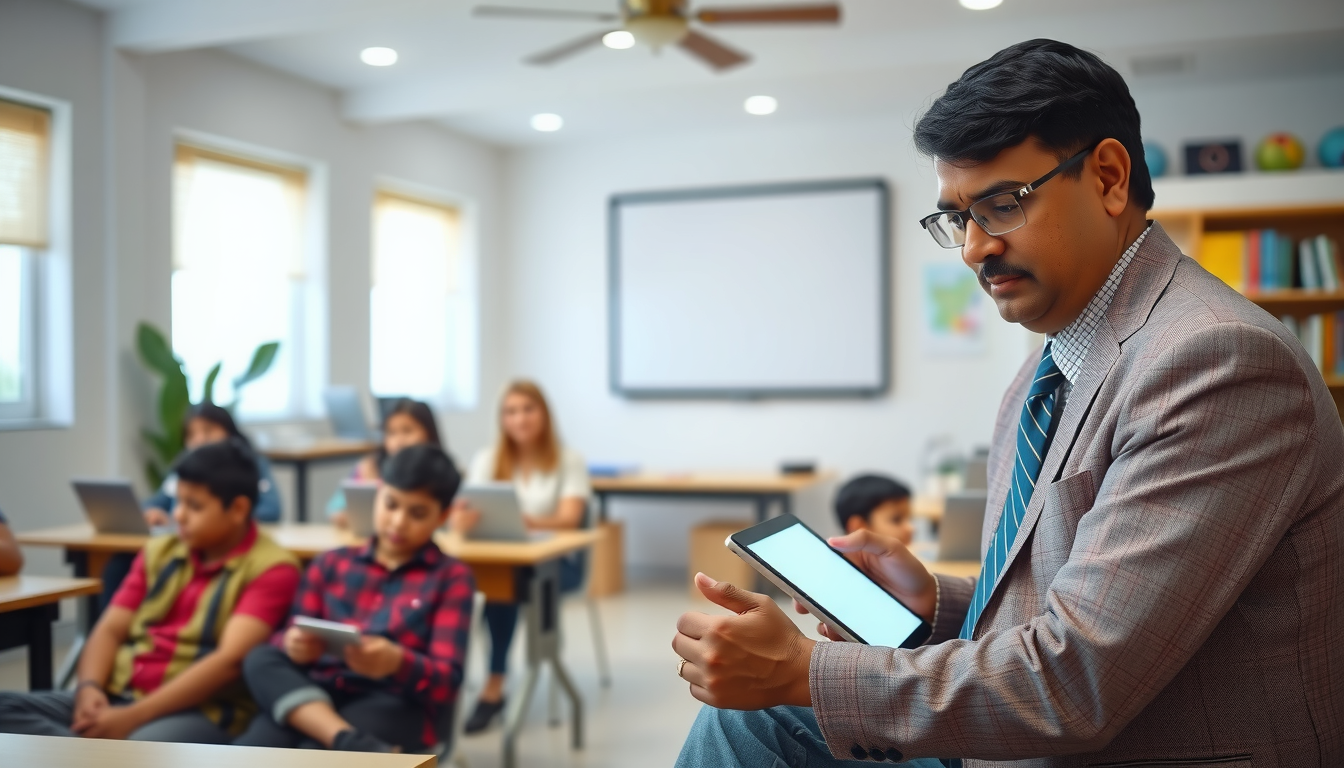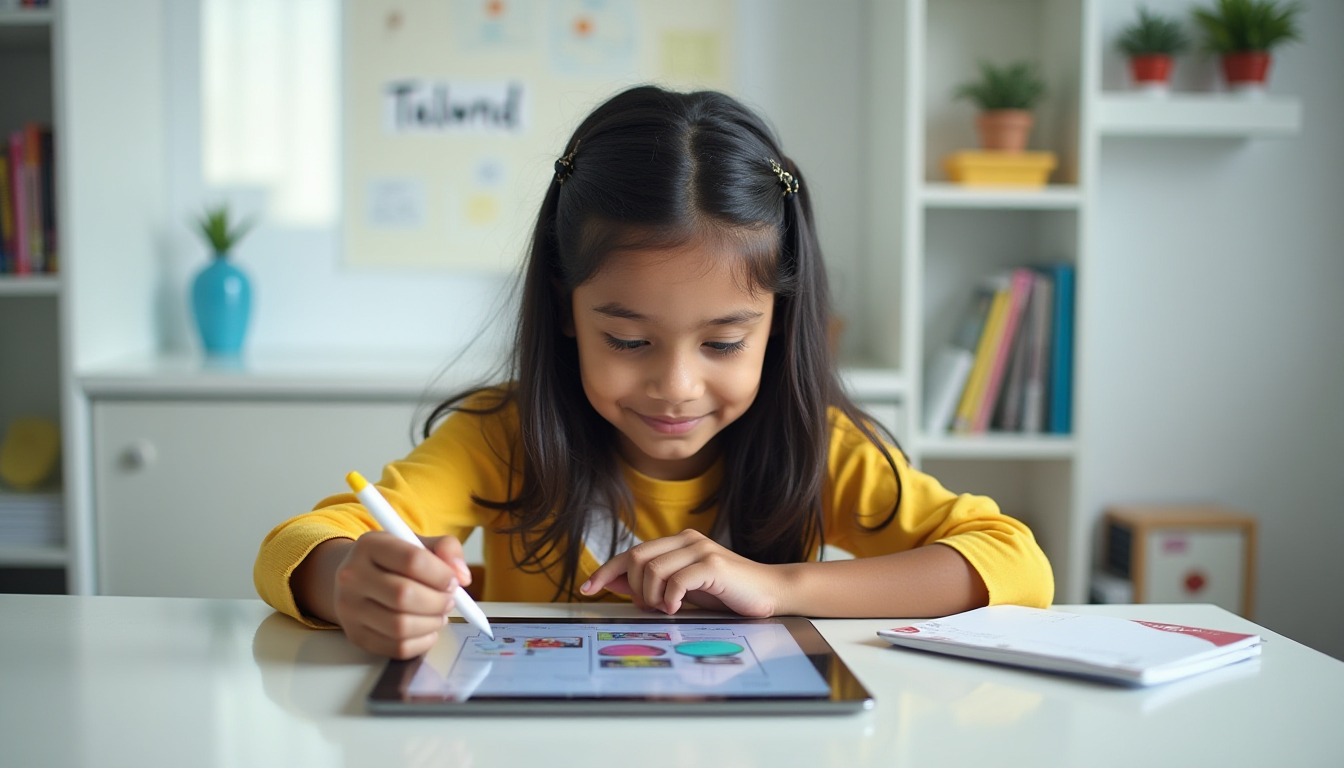Screen Time in Schools: A Problem to Eliminate or an Opportunity to Guide?

It’s no surprise that one of the most common concerns heard in school meetings today is:
"How much screen time is too much?"
Since the pandemic, digital learning tools have flooded classrooms and homes alike. With this shift, many schools—quite rightly—have become cautious about how much time children spend on screens. The concern is valid, and the intent is protective. But the question we need to ask is: Are we addressing the issue in the right way?
Let’s take a closer look.
🎒 The Post-COVID Digital Spillover
Before COVID-19, screen time in schools was largely limited to computer labs or occasional smartboard sessions. But the pandemic changed everything. Virtual classes, online homework, YouTube lessons, digital worksheets, and even recreational screen time skyrocketed overnight.
This sharp increase left a lasting impact on how students learn, and how parents and teachers perceive technology.
While some of this tech exposure was essential for continuity in learning, it also introduced new challenges:
- Increased distraction
- Shorter attention spans
- Physical strain (e.g. eye fatigue, posture issues)
- Lack of balance between online and offline experiences
As a result, "screen time" became a red flag, particularly in primary and middle schools.
🤔 Is Reducing Screen Time the Only Answer?
Reducing unnecessary screen exposure, especially for younger children, is undeniably important. However, many educators agree that completely eliminating screen-based learning is neither practical nor productive.
Here’s why:
- Digital tools are here to stay – From NEP-aligned content to personalized learning support and real-time feedback systems, many of today's most effective teaching aids are digital. To block them entirely is to deny students access to valuable learning enhancements.
- Not all screen time is equal – Watching entertainment videos passively for hours is not the same as engaging in a 15-minute interactive learning activity. The quality of screen time matters far more than the quantity.
- Banning screen time doesn’t change behavior – Students are still going to use devices at home. Without proper guidance, they might lean toward games or entertainment rather than productive use. What they need is not a restriction, but education on digital responsibility.
🌱 Teaching Positive Digital Habits: A Better Way Forward
Instead of asking, “How do we reduce screen time?”, schools can start asking,
“How do we guide students towards healthy digital behavior?”
Here are some actionable suggestions for school leaders:
✅ 1. Establish Clear Screen Time Guidelines
- Create a balanced tech-use policy—both in classrooms and for homework.
- Cap screen-based academic activities to 20–30 minutes per session, with breaks in between.
- Encourage offline consolidation—writing answers in notebooks, drawing, summarizing what they saw, etc.
✅ 2. Differentiate Between Passive and Active Screen Time
- Help teachers and parents understand the difference.
- Promote interactive, reflective, and educational digital activities that spark thinking, not just viewing.
- Avoid tools that turn students into passive consumers.
✅ 3. Equip Teachers to Model Responsible Use
- Train teachers to use screen time wisely—never as fillers or rewards.
- Encourage them to share their own strategies for managing digital distractions.
✅ 4. Involve Parents in the Conversation
- Share weekly screen time goals and reflections in parent-teacher meetings.
- Provide resources to parents on managing non-academic screen time at home.
- Encourage a “tech diet” where students alternate between online and offline activities.
✅ 5. Make Screen Time a Teachable Topic
- Include age-appropriate lessons on:
- Digital hygiene (eye health, posture, breaks)
- Healthy device habits (focus, reflection, time limits)
- Digital citizenship (ethics, privacy, online respect)
Students need to learn not just how to use digital tools, but when, why, and how long.
🧭 The Bigger Picture
Education is not about resisting change—it’s about preparing students for the world they live in. In today’s world, screens are part of how we work, learn, and connect. Denying students access won’t make the issue go away. But showing them how to use screens with purpose and balance? That’s a lesson that lasts a lifetime.
So instead of asking, “How do we cut screen time?”, perhaps the better question is:
“How do we make screen time worth it?”





